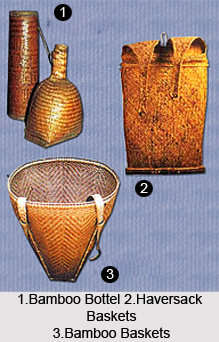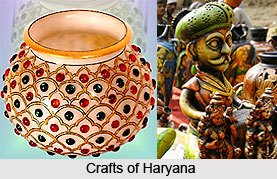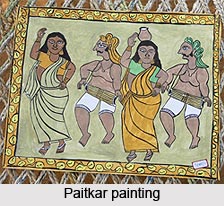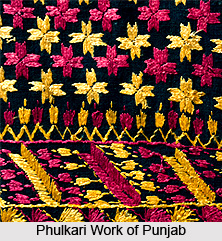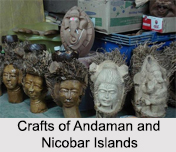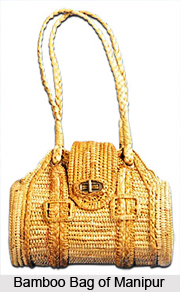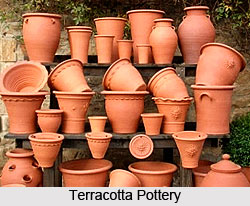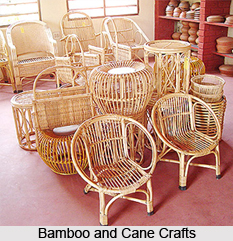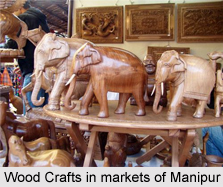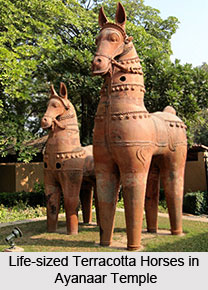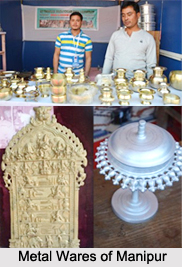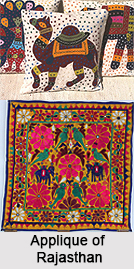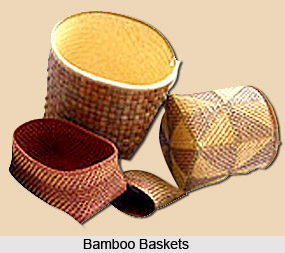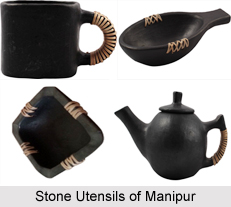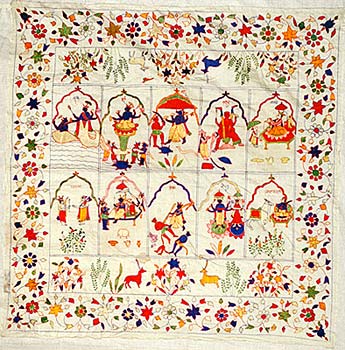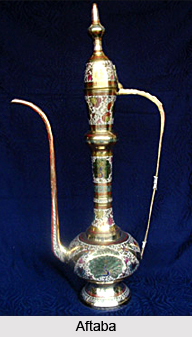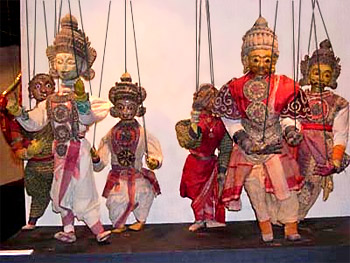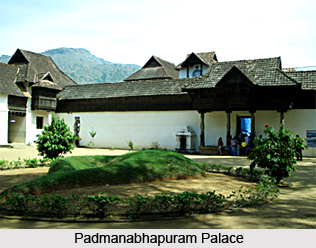 Wood craft of Kerala is regarded as one of the ancient art forms. The temples and churches of Kerala are abounding in woodcarvings. Different items of furniture such as chairs, table settees, sofas, almirahs, cots, radio castings etc., and models of animals and deities, toys and Kathakali accessories produced by Kerala craftsmen are very much in demand. The models of caparisoned elephants and the carvings of Kathakali dance-dolls are other items of huge demand. Interestingly, the craftsmen of Kerala have produced a large variety of handicrafts by using the rich wealth of flora of the state.
Wood craft of Kerala is regarded as one of the ancient art forms. The temples and churches of Kerala are abounding in woodcarvings. Different items of furniture such as chairs, table settees, sofas, almirahs, cots, radio castings etc., and models of animals and deities, toys and Kathakali accessories produced by Kerala craftsmen are very much in demand. The models of caparisoned elephants and the carvings of Kathakali dance-dolls are other items of huge demand. Interestingly, the craftsmen of Kerala have produced a large variety of handicrafts by using the rich wealth of flora of the state.
The old temples and palaces of Kerala are treasure-houses of decorative woodcraft of the highest quality illustrated in ceilings, doors, pillars. The pillar in the Padmanabhapuram palace, which could be at least four centuries old, is as great a masterpiece as the stone pillar in Fatehpur Sikri which it resembles in its decorative magnificence and skill in craft. Though massive in size, it is carved out of one block. The base terminates in a series of mouldings, carved minutely for decorative effect, and the stem rises higher with a relatively slender girth. Above, it spreads out like a living tree with brackets which arch gracefully and end in pendants carved in the form of lotuses. The ceiling in this palace is also a decorative masterpiece with beautifully undulating designs stylised from foliar motifs. Door panels have more naturalistic, but still decoratively treated, designs of leaf, bud and blossom. The gables, a special feature of the architecture of Kerala, also provided great scope for the wood-carver`s art, for their screens were wrought in charming designs. These were adapted to the components with subtle artistry and appositeness.
Like the wood-sculpture in the Catholic and Jacobite churches of Kerala, their great heritage of wood-carving also continues to remain practically unknown to the larger world. Some of these churches have many artistic items of wood-carving. The variety of their designs, ranging from naturalism to abstraction and making fine use of the motif of the vine has an important place in Christian symbolism.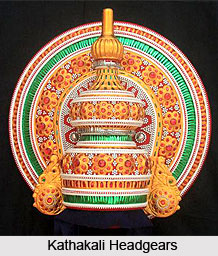 Miniature pillars on the altar panels sometimes show the ascending convolutions of the vine along with figurative representations. Several other churches also have beautiful pulpits.
Miniature pillars on the altar panels sometimes show the ascending convolutions of the vine along with figurative representations. Several other churches also have beautiful pulpits.
A traditional furniture masterpiece made of wood with neatly shaped overall design and rich decoration is the cot in the Padmanabhapuram palace. The legs and the posts that carry the canopy look like living budding plant-stems because of their supple carving. Old wood screens harmonise in their design the neat, geometric shapes of openings and the undulating rhythms of decorative motifs carved on the panels. Teak and rosewood continue to be popular and the artisans are making furniture of modern design. Moreover, Marquetry, where a number of wood blocks or panels are assembled in making fruit-trays, ash-trays, flower-vases and similar articles, has become very popular over the last two decades. The decorative effect emerges from the difference in the colours of the woods used, and Kerala timbers are ideal for the purpose. Teak is golden yellow when freshly cut and mellows to deep brown or black. Rosewood is light to dark purple and white cedar is light brownish grey, turning lustrous dark with age.
Making Kathakali headgears, ornaments and costumes is a traditional occupation in Kerala. Woodcraft also plays a part here. The models are made in different sizes from teak and jack wood and are painted in the brilliant colours of the traditional makeup of Kathakali characters. Rosewood is used for models of animals, the elephant being a favourite, and the comparatively cheaper mango wood for toys. Fancy-cum-utility articles like time-piece stands, flower-vases, lamp-stands, umbrella-handles and toys are given lacquer-work finish.
